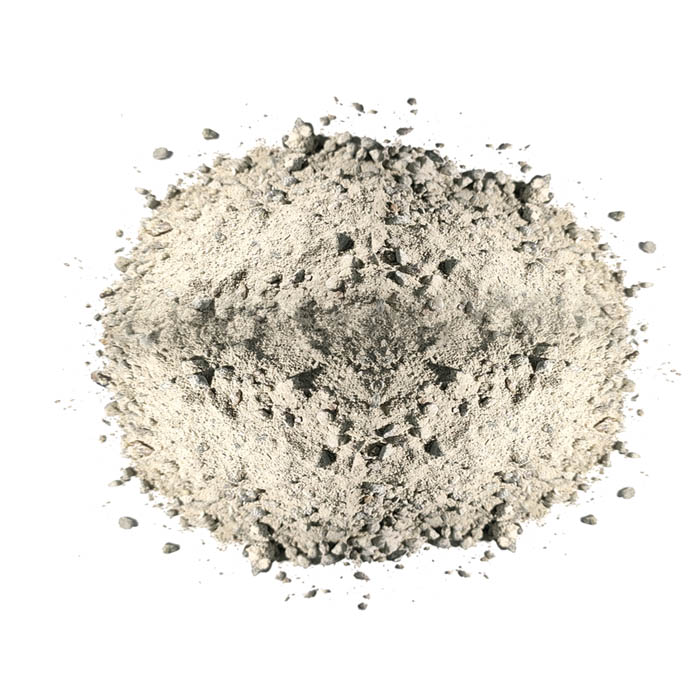Nov . 29, 2024 12:06 Back to list
Metal Casting and Metallurgy Industries Overview and Innovations in Manufacturing Processes
Metal Casting Metallurgy An Overview of Factories and Processes
Metal casting is a pivotal process in the manufacturing sector, serving as a foundation for producing a wide range of metal components used across various industries. The interplay of metallurgy and casting methods underpins the entire casting paradigm. The primary objective of this article is to explore the significance of metal casting metallurgy factories, their processes, and the advancements shaping this industry.
At its core, metal casting involves pouring molten metal into a mold to create a desired shape. The mold is then cooled, solidifying the metal into the final product. This process is foundational because it allows manufacturers to create intricate designs that would be complex or impossible to achieve using traditional machining techniques. Cast products can range from simple components like engine blocks to complex parts used in aerospace applications.
The metallurgy in metal casting is crucial, as the properties of the final product are directly influenced by the type of metal used, the cooling rate, and the mold material. Common metals used in casting include iron, aluminum, copper, and magnesium, each presenting unique qualities that make them suitable for specific applications. For instance, aluminum alloys are favored in automotive applications due to their lightweight properties, while cast iron is utilized in machinery for its wear resistance.
Factories specializing in metal casting are equipped with advanced technologies and processes that enhance efficiency, accuracy, and safety. The typical workflow in a casting factory begins with design and pattern making, where engineers create a model of the desired part. This pattern can be made from various materials—wood, metal, or plastic—and is used to form the mold. The design phase is critical, as precision during this stage reduces the potential for defects and maximizes efficiency in the subsequent steps.
Once the pattern is ready, the mold is created, which can involve different methods such as sand casting, investment casting, or die casting. Sand casting is one of the oldest and most widely used methods, characterized by its versatility and ability to produce large parts. Investment casting, on the other hand, is ideal for producing intricate shapes and high-accuracy components, making it a preferred choice for industries such as aerospace and medical devices. Die casting offers high-volume production capabilities and is suited for non-ferrous metals.
metal casting metallurgy factories

Following mold creation, the metal is melted. This requires specialized furnaces which can reach extremely high temperatures. The choice of heating technology—induction, resistance, or crucible—depends on the type of metal being melted and the factory’s operational efficiency goals. After melting, the molten metal is carefully poured into the mold, a process that demands precision to prevent defects such as air pockets or uneven distribution.
The cooling phase is equally essential in determining the final properties of the cast piece. How fast or slow the metal cools can affect its internal structure and overall strength. Cooling can be accelerated by using techniques such as forced air or water quenching, or it can be natural, depending on the requirements of the final product. Post-cooling, the mold is broken away, revealing the rough casting.
Further processing may be necessary to achieve the desired finish. This can include machining processes, surface treatments, and heat treatments—each of which play a critical role in enhancing the mechanical properties and surface characteristics of the final product.
With the rising demand for sustainable practices, metal casting factories are increasingly striving for eco-friendly operations. This involves recycling metal scraps, using green sand for molds, and optimizing energy consumption in melting processes. The incorporation of additive manufacturing techniques, like 3D printing for patterns, is also gaining traction, enabling factories to minimize waste and enhance design complexity.
In conclusion, metal casting metallurgy factories are essential in the production of a diverse range of metal components essential to modern society. As technology advances and sustainable practices become paramount, the future of metal casting promises enhanced efficiency, reduced environmental impact, and continued innovation. The blend of artistry and engineering involved in metal casting ensures that it will remain a cornerstone manufacturing process for years to come.
-
Eco-Friendly Granule Covering Agent | Dust & Caking Control
NewsAug.06,2025
-
Fe-C Composite Pellets for BOF: High-Efficiency & Cost-Saving
NewsAug.05,2025
-
Premium Tundish Covering Agents Exporters | High Purity
NewsAug.04,2025
-
Fe-C Composite Pellets for BOF | Efficient & Economical
NewsAug.03,2025
-
Top Tundish Covering Agent Exporters | Premium Quality Solutions
NewsAug.02,2025
-
First Bauxite Exporters | AI-Optimized Supply
NewsAug.01,2025
